Nature-based solutions are possible everywhere, we offer to think along with you
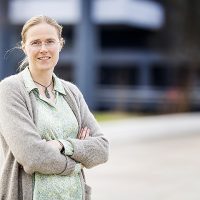

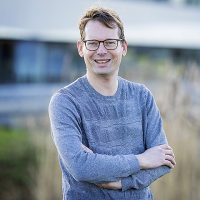

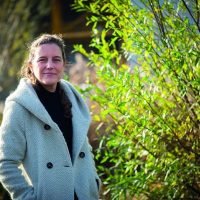
“The Netherlands will remain the world’s best protected habitable delta, also after 2100”. That is the mission of the Dutch government. When building with nature, we try to make the most of what natural processes offer us to keep delta areas safe and habitable. In our international work, we often use the term Nature-based Solutions (NbS). This approach is also being embraced in the European Green Deal, World Bank projects, at the United Nations (UN) and on other international agendas. Nature-based Solutions are sustainable, circular and resilient.
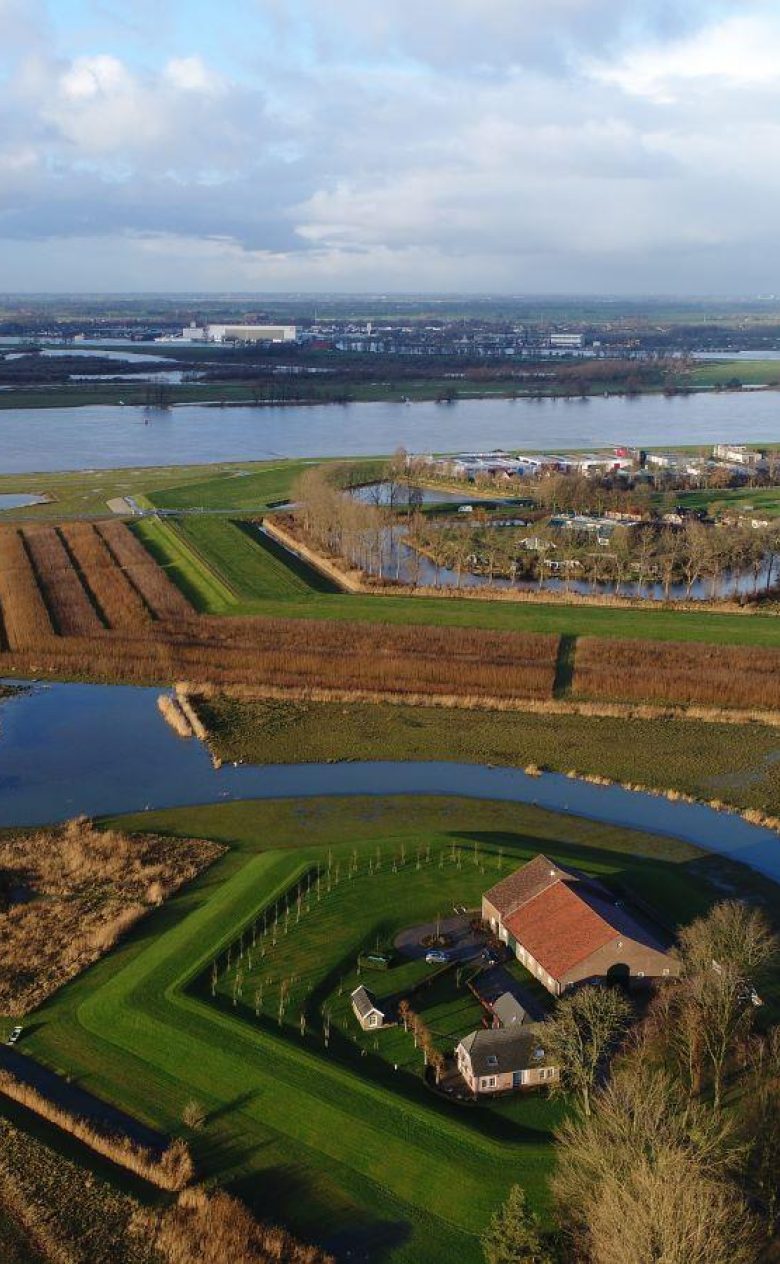
Natural, green solutions are called hybrid solutions when they are implemented alongside traditional ‘grey’ solutions. How much green and how much grey then depends on the system in question, and that is where we contribute most. The implementation of NbS in existing infrastructure, in combination with adaptive management, is a sustainable and cost-effective way to keep delta areas habitable worldwide.
Examples of green-grey solutions include: vegetation or salt marshes in front of sea or river dikes, naturally ripened dredged material that we re-use for the construction of civil-engineering structures or city parks that are connected to the river area or tidal area nearby. NbS are always multidisciplinary: ecologists, biologists, hydrologists, hydro-dynamics specialists, civil engineers and sediment scientists collaborate with specialists in socio-economics, finance and governance. We work with the strength that the natural system has to offer and use it for functions such as flood risk management. A strong and resilient natural system is an important precondition here.
We see nature-based solutions as a major component in the infrastructure of the future: they are sustainable, adaptive and resilient. They provide an appropriate response to the additional challenges that our infrastructure will have to cope with in the years ahead.
Ellis Penning, Nature-based Solutions expert
There is a lot of knowledge about traditional grey solutions. Dams, dikes and water defences are firmly entrenched in our work. They protect our deltas but, at the same time, they often disrupt important natural processes or cycles. Dams capture sediment, with downstream erosion and loss of biodiversity as a result. Rivers enclosed behind dikes cause sediment to be transported too quickly to the sea, the surrounding area gets lower and lower, and the risk of flooding actually increases. The call to build with nature instead of building against nature is now loud and clear, and it enjoys widespread support. We see government authorities, including water authorities, actively exploring how solutions can be designed in sustainable ways.
Deltares contributes to these developments by developing knowledge for the large-scale implementation of NbS. We do this in studies conducted in the laboratory, experimental facilities or field experiments in combination with data science and scenario calculations using numerical models. But also in scientific research looking at governance models and tools that make the implementation of natural solutions possible. In the Netherlands and elsewhere, we are learning a great deal about the application of these solutions. We work with government, industry, contractors, engineering firms, and other knowledge institutes and universities.
The ability to combine flood risk management with the restoration, development or conservation of nature benefits everyone and provides a safe and good life in delta areas. We answer questions about where and on what scale NbS are applicable and what it takes to implement them.
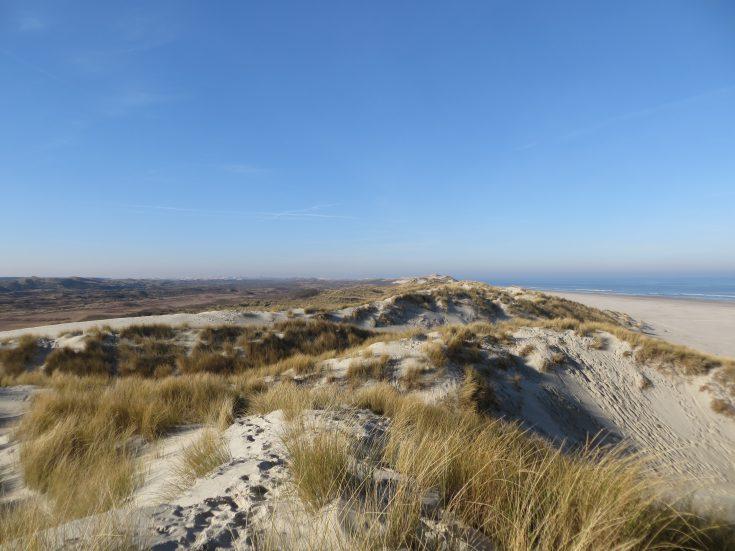
Expectations are high in international agendas for NbS We can also see that NbS are not feasible or the best solution at all times and in every location. NbS require a systemic perspective of the possibilities. After numerous pilot projects in the past years that generated a large amount of knowledge, the question is: how can NbS be used more naturally and also on a larger scale? As an applied knowledge institute, we explore the technical possibilities and how solutions can be successfully implemented with an integrated, local and inclusive approach.
NbS consist of dynamic and natural processes. The transportation of sediment by water, growth and the loss of vegetation affect the status of NbS, as well as the need for maintenance so the solutions continue to be sustainable and cost-effective. We look at how this dynamic in the life cycle can be quantified. We study extreme conditions such as storms, drought or heavy rainfall, and their impact on NbS. We also do this for changes in long-term conditions such as sea level rise. With our research partners NIOZ and Delft University of Technology, for example, we looked at how willows help break waves and protect dikes. That work took place in our largest wave flume, the Delta Flume, where it was possible to work with real trees and life-size waves and therefore generate new types of data. A subsequent step will involve repeating these experiments with mangroves so that the results can be used internationally.
Deltares is involved in research looking at the circular re-use of dredged material. In the Clay Ripening Plant field trial in Delfzijl, we are looking at how fine dredged material from salt water can be transformed into clay that can be used to strengthen dikes. Drying dredged material is not new, but using it to produce clay that complies with the strength standards for dike upgrades is. The Marker Wadden islands have been built in the Markermeer: this artificial archipelago was made from dredged material (clay and sand) with the aim of improving the water quality and ecology of the lake. In this ‘living lab’, we are learning how to transform fine sediment into a solid bed, and how flora and fauna influence this process. At the same time, this work is having a positive effect on biodiversity in the area.
With the increasing changes in drought and precipitation, ‘water and soil as leading factors’ is becoming the new standard. This raises the question of whether the sponginess of the land can be used to retain the water that falls during wet periods for longer. This NbS results in fewer problems with dry conditions and provides opportunities to include the biodiversity agenda in the selection of measures. We are working to optimise the quantification of natural water storage and the link with biodiversity indicators. That work is done in, for example, European projects such as MERLIN and REXUS.
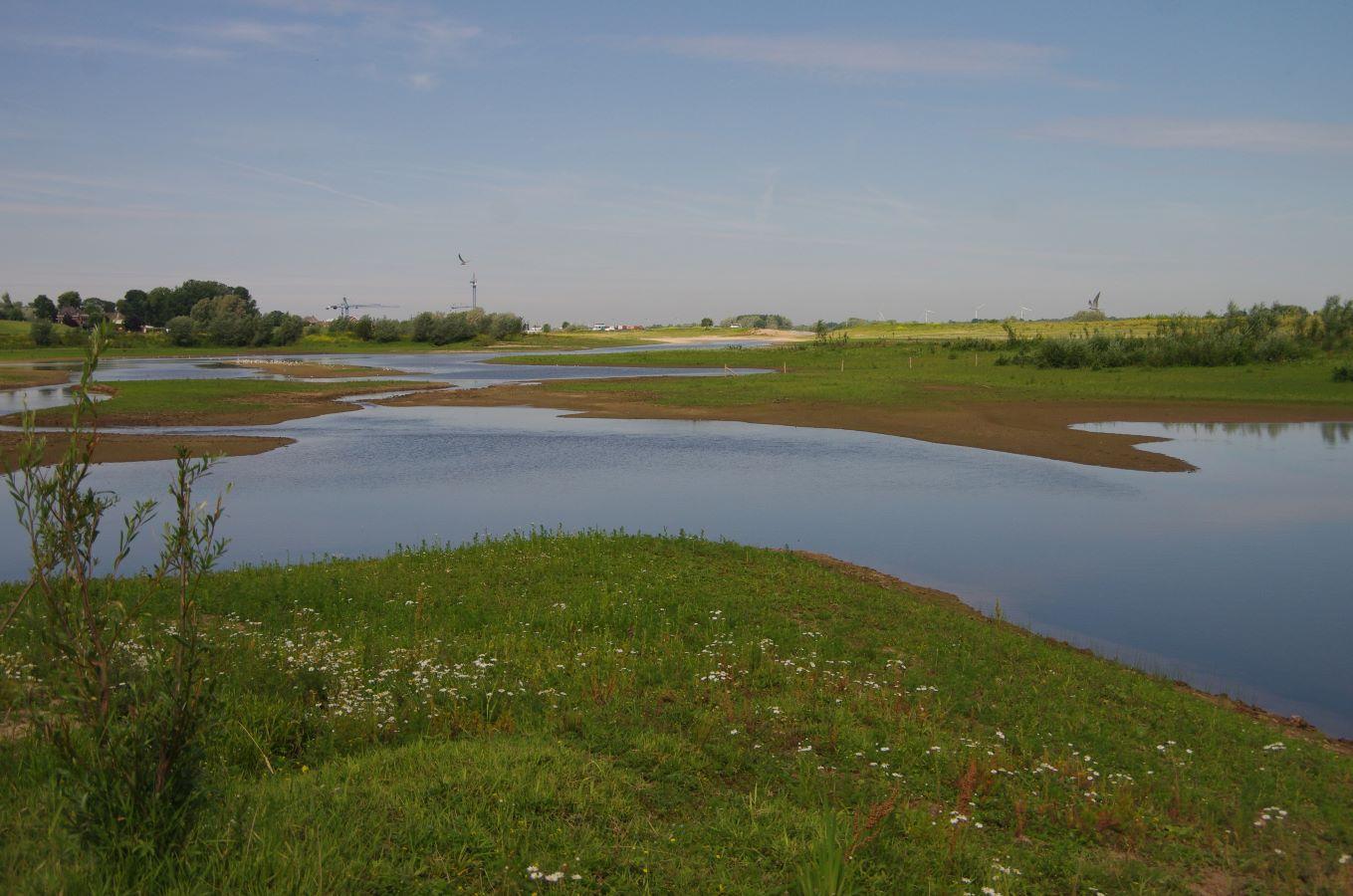
Urban areas worldwide are increasing in size every year. Urban NbS can help to resolve heat stress and flooding in those areas. Designing and linking urban green areas in smart ways can mitigate the impact of extreme rainfall and heat stress, and improve the living environment, generally in combination with the application of innovative blue-green measures such as green roofs, swales, porous paving and disconnecting rainwater from the grey-water system. With partners and clients, we study and quantify the effects of these solutions. Then we work them up further in an interactive environment. In this way, measures become an integral part of spatial plans and they can be embedded in spatial policies. For example with the Resilient Cities Toolbox (link). We are also working on the drafting of guidelines for the implementation and maintenance of urban measures, and contributing to databases such as Greenblue Networks for Resilient Cities (in collaboration with Atelier Groenblauw).
The successful implementation of NbS and other sustainable solutions starts very early in the decision-making process. NbS often require the involvement of more stakeholders than expected because they are often multi-functional solutions. For instance, they combine flood risk management with nature objectives. The involvement of local people and organisations is a precondition for success. We saw this in large-scale coastal restoration in Demak, Indonesia: the involvement of the local population was needed for the sustainable use, management and maintenance of the NbS. Deltares works on insights, concepts and tools for an inclusive and integrated approach that enable the successful implementation of sustainable solutions. Water as Leverage, for example, an inclusive, integrated and design-based approach to project development, Climate Risk Informed Decision Analysis (CRIDA), and the ‘living dikes’ project where game theory is used to support decision-making about NbS.
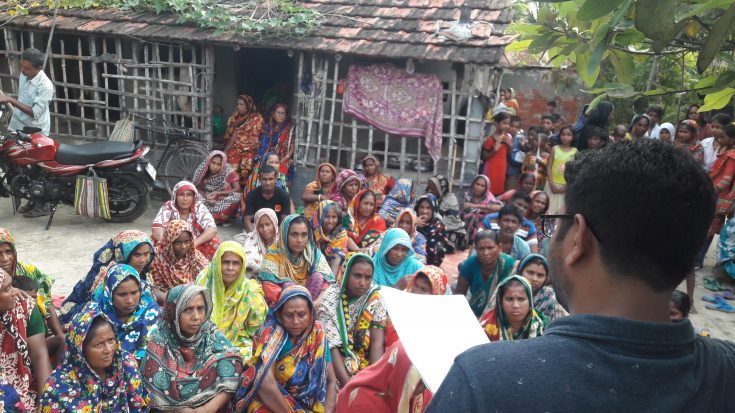
We are a fully-fledged partner in national and international initiatives to exchange knowledge and experiences in the field of NbS. We are a partner in the Ecoshape consortium, we chair the IAHR working group on NbS, we participate in the SedNet working group on sediment and the circular economy, and we contribute to the United States Army Corps of Engineers ‘Working with Nature Atlas’, a book of guidelines for Nature-based Solutions. We also regularly organise workshops, special sessions at conferences, and a series of courses for the World Bank to share the latest insights and findings. Many NbS colleagues also work part-time at universities.




